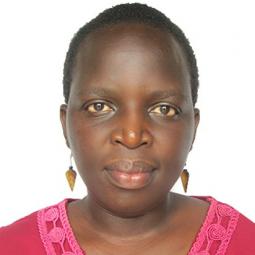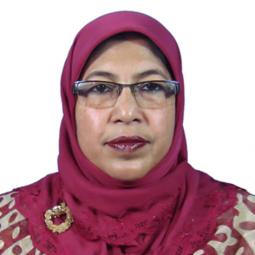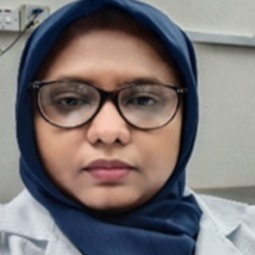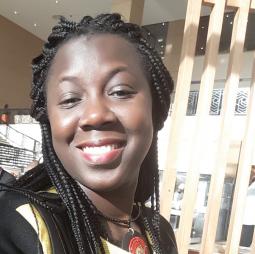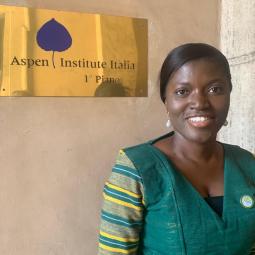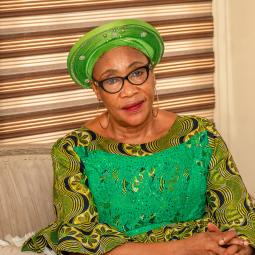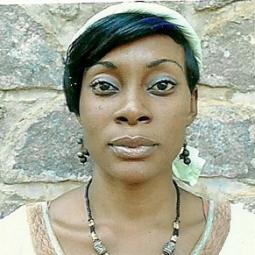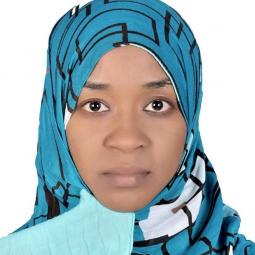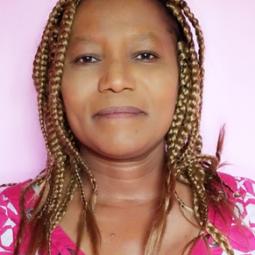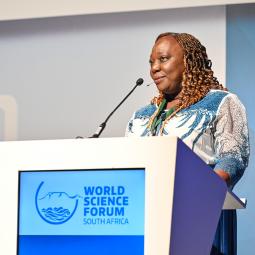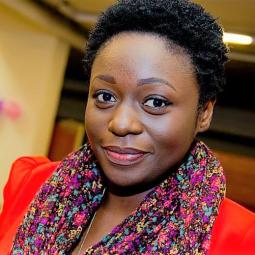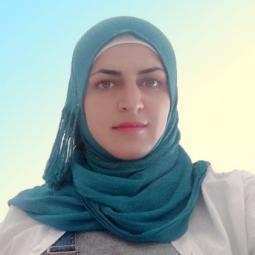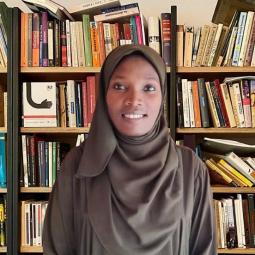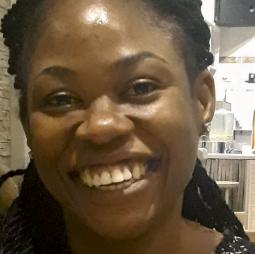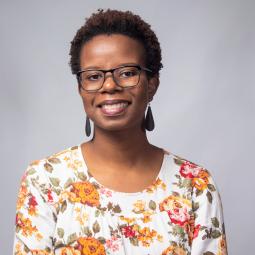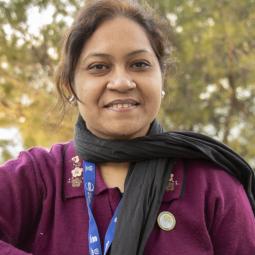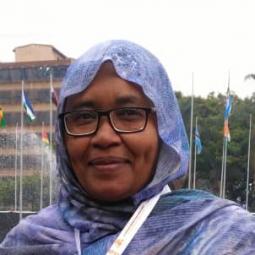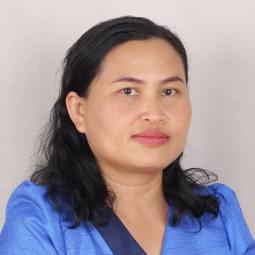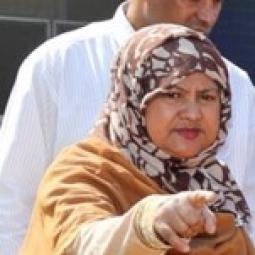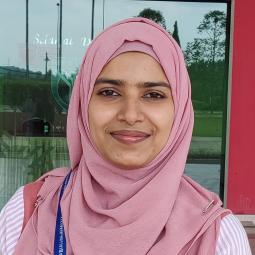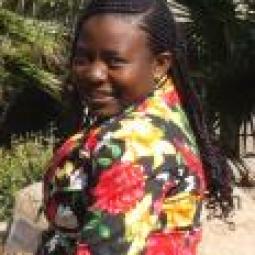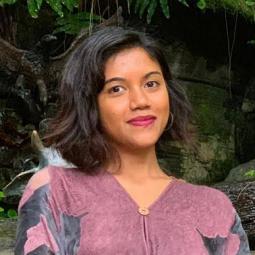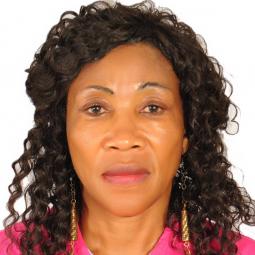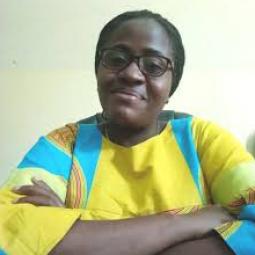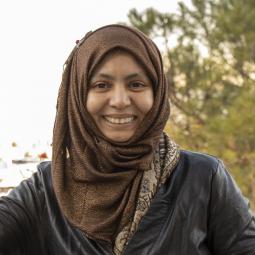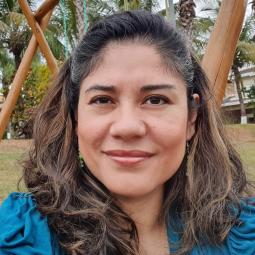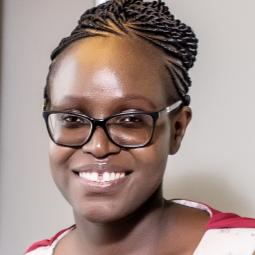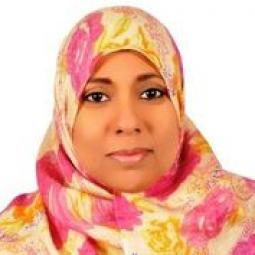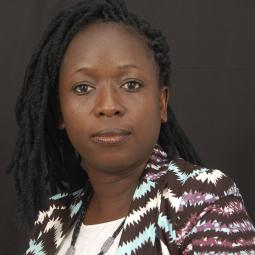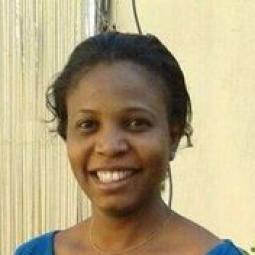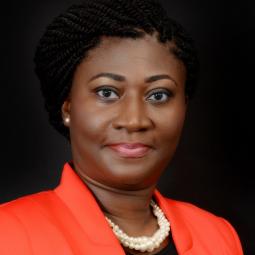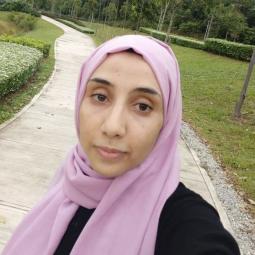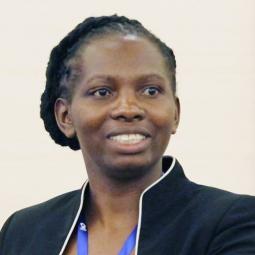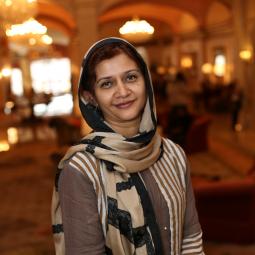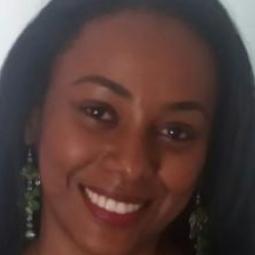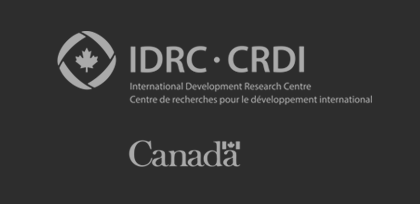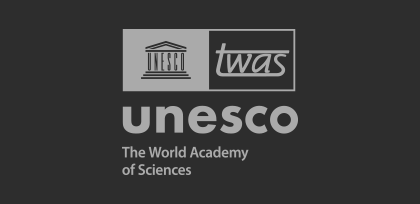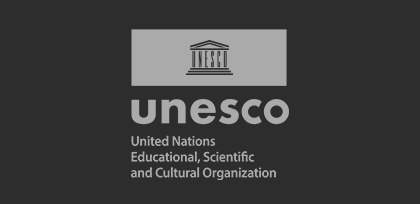OWSD South Africa: Gender Equality in Science: Inclusion and Participation of Women in Global Science Organizations. Results of two global surveys
October 01, 2021
A study reporting on the inclusion and participation of women in over 120 science organizations that are coordinated at a global level finds that women are still under-represented.
Gender Equality in Science: Inclusion and Participation of Women in Global Science Organizations. Results of two global surveys (available at https://genderinsite.net/sites/default/files/GenderEqualityInScience_TwoGlobalSurveys.pdf). This study reports on the results of surveys conducted amongst academies that are members of the InterAcademy Partnership (IAP) and the International Science Council (ISC), as well as amongst international disciplinary unions and associations that are members of the ISC, to ascertain the inclusion and participation of women scientists.
The survey results allow for comparisons with a previous study undertaken in 2015, and provide important baseline information for much-needed gender transformation in global science.
While the study reports that women’s elected membership in senior academies has increased from 13% (2015) to 16% (2020), there are still 19 academies that report 10% or less female membership. Young academies are significantly more gender-balanced than their senior counterparts, with the average share of women’s membership of respondents being 42%. Ten young academies rank ahead of the senior academy with the highest number of female members, namely the Academy of Sciences of Cuba with 33%. The achievement of young academies in respect of gender balance presents an important learning opportunity for senior academies. It is also imperative that this balance is not lost as the careers of these young scientists advance.
A striking finding was that only six academies stated that the results of the 2015 survey report, which contained many recommendations for academies, was discussed at a strategic planning session. This failing is addressed in the current report through a stronger and more directed recommendation to bring the results of the current survey to the attention of relevant academy governing bodies. Both the IAP and the ISC are called upon to regularly report gender-disaggregated statistics in their annual reports, and at their general assemblies, to ensure that gender transformation is tracked.
The under-representation of female members of academies is greatest in the engineering sciences (10%) and mathematical sciences (8%).
Almost two-thirds (64%) of ISC disciplinary unions and associations reported that they have published findings that specifically address issues related to women or gender, but only about a third (34%) have a strategy to increase women’s participation in their activities. Even fewer (16%) reported having a budget to implement activities related to gender equality.
The report makes several key recommendations, for example, the establishment of a central repository of gender-related policies and actions to identify best practices and guide those academies and disciplinary unions seeking to implement changes.
The report also calls for the application of a regional lens and for the study partners to utilize their regional presence to gain insights and to advance the gender equality agenda, especially in countries/regions that are lagging.
A call to promote women’s leadership and service on governing bodies was also made to ensure women’s voices are included in the setting of science agendas. The average share of women serving on governing bodies was 29% for academies and 37% for international disciplinary organizations.
Related website
- Link: IAP

